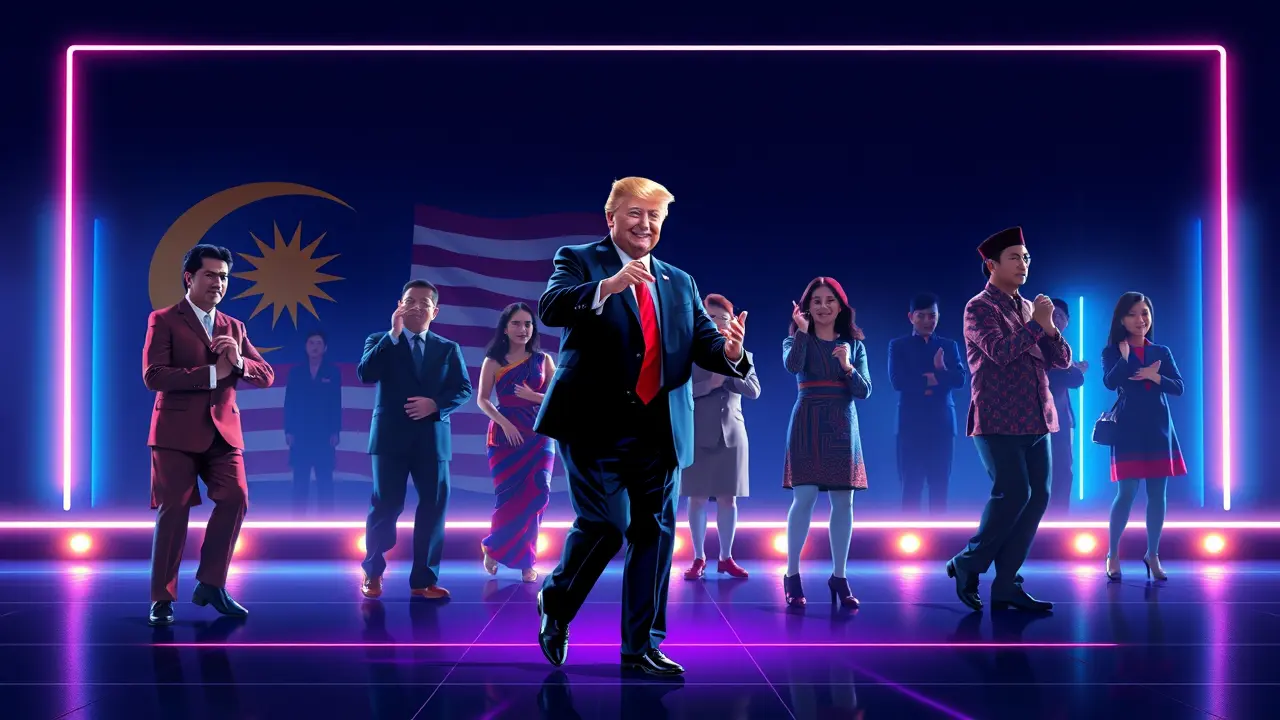
PoliticsdiplomacyBilateral Relations
Trump's Shift Away from Asia Pivot Strategy
RO
Robert Hayes
1 day ago7 min read
The strategic architecture of American foreign policy in the Pacific, a cornerstone of post-war global stability, appears to be undergoing a profound and unsettling recalibration under the Trump administration, a shift that echoes the disruptive pivot moments in modern diplomatic history. The 'pivot to Asia,' or rebalance, meticulously architected during the Obama era, was more than mere rhetorical flourish; it was a comprehensive, multi-domain strategy acknowledging the inexorable shift of economic and strategic gravity towards the Indo-Pacific.It encompassed a reinforced military presence through rotational deployments and strengthened basing agreements, the ambitious Trans-Pacific Partnership (TPP) as its economic linchpin to counterbalance China's regional trade dominance, and a dense web of reinvigorated diplomatic engagements with traditional allies like Japan and South Korea, as well as emerging partners such as Vietnam and India. This grand strategy was Washington's explicit answer to Beijing's assertive maneuvers in the South China Sea and its Belt and Road Initiative, a declaration that the United States was not a transient power but a permanent, committed actor in the region's future.However, President Donald Trump's recent tour of the region, while rich in pageantry, sent a starkly different signal, one that seems to replace a strategy of deep engagement with a doctrine of transactional bilateralism and a palpable reorientation towards domestic and Western Hemispheric concerns. The abandonment of the TPP on his first full day in office was the initial, unmistakable crack in the foundation, a move that not only ceded economic rule-making to Beijing but also deeply disappointed Asian partners who had invested significant political capital in the agreement.His administration's rhetoric, often framing alliances through the prism of financial burden-sharing rather than shared strategic values, has introduced a corrosive element of uncertainty into relationships built over decades. This nascent pivot away from Asia creates a strategic vacuum of a magnitude not seen since the United States' post-Vietnam retrenchment, a vacuum that the People's Republic of China is poised to fill with alacrity.Beijing's consolidation of artificial islands into military fortresses, its coercive economic statecraft, and its relentless push to shape regional institutions are all accelerating in the absence of a coherent and consistent American counter-strategy. For nations from Canberra to New Delhi, and particularly for frontline states like Taiwan and the Philippines, this American wavering forces a painful recalculation.The unspoken question now haunting chanceries across Asia is whether the United States remains a reliable security guarantor, or if they must now navigate a new era of strategic accommodation with a hegemonic China. The long-term consequences are potentially catastrophic: an emboldened China may feel less constrained in testing territorial boundaries, a nuclear-armed North Korea could perceive a weakened resolve from Washington, and regional arms races could intensify as nations seek to ensure their own security. This is not merely a change in tone; it is a fundamental reordering of priorities that risks unraveling the very alliances that have undergirded regional peace and prosperity for generations, a retreat that future historians may mark as the moment American primacy in the Pacific truly began to wane.
#US foreign policy
#Asia pivot
#Trump administration
#Obama legacy
#diplomacy
#allies
#featured
Stay Informed. Act Smarter.
Get weekly highlights, major headlines, and expert insights — then put your knowledge to work in our live prediction markets.
Related News
Comments
It’s quiet here...Start the conversation by leaving the first comment.
© 2025 Outpoll Service LTD. All rights reserved.













